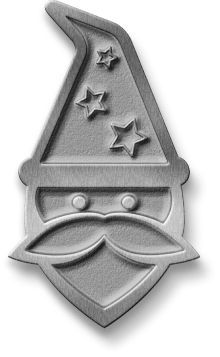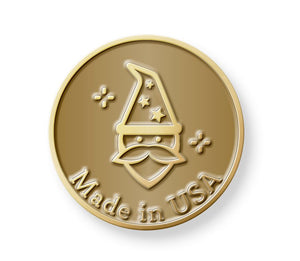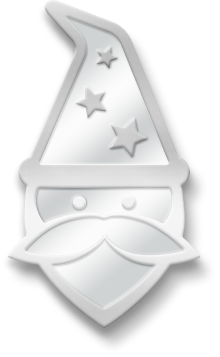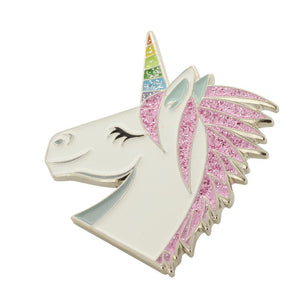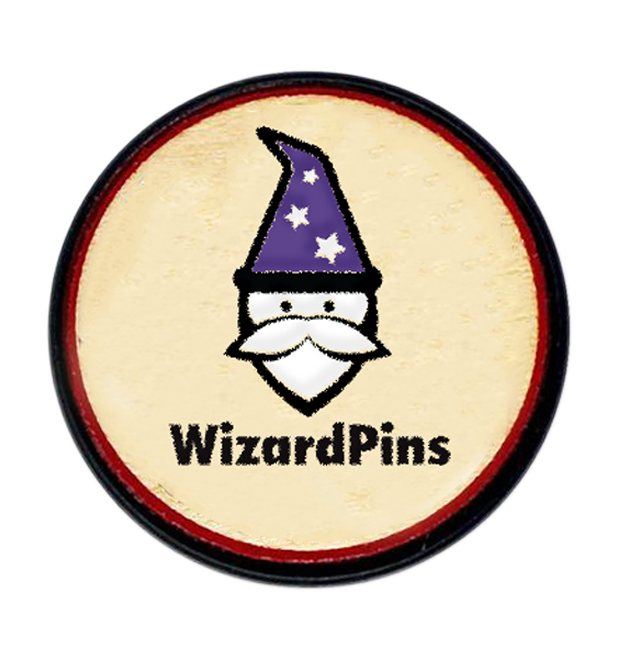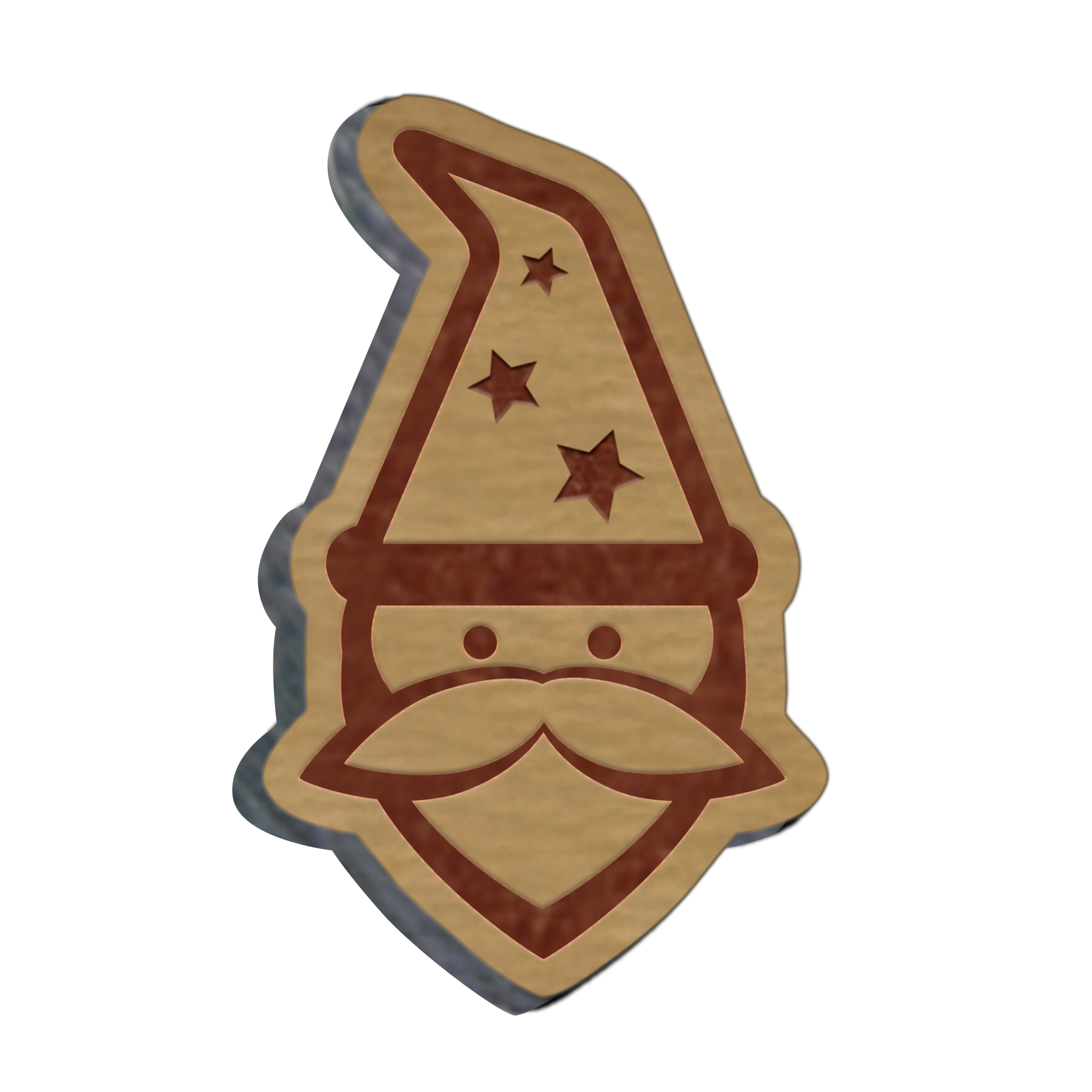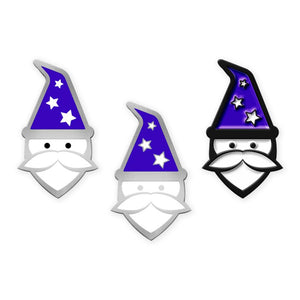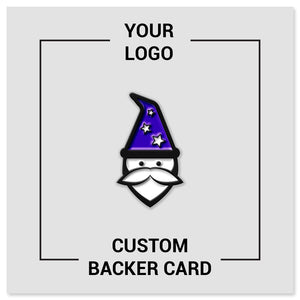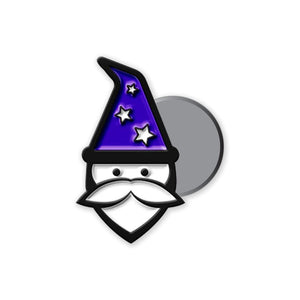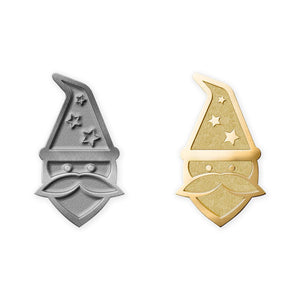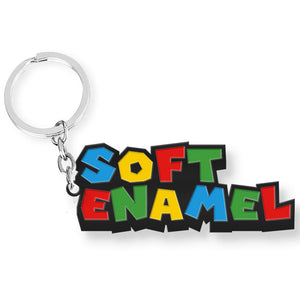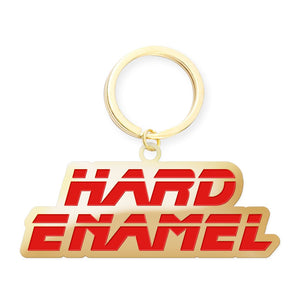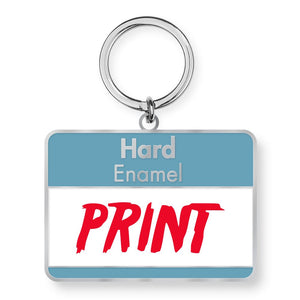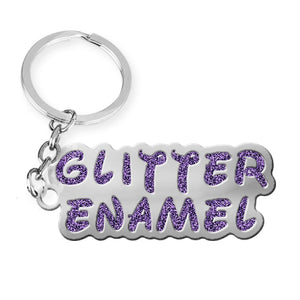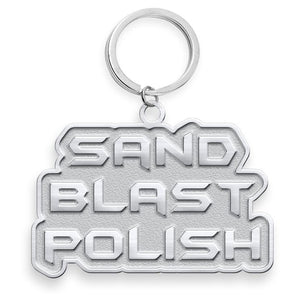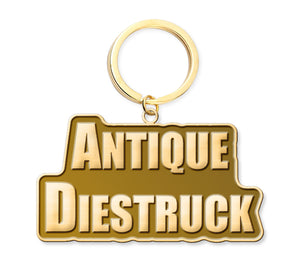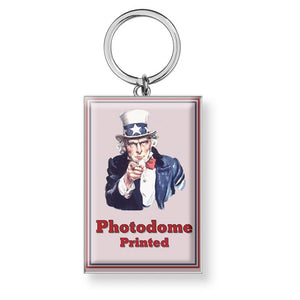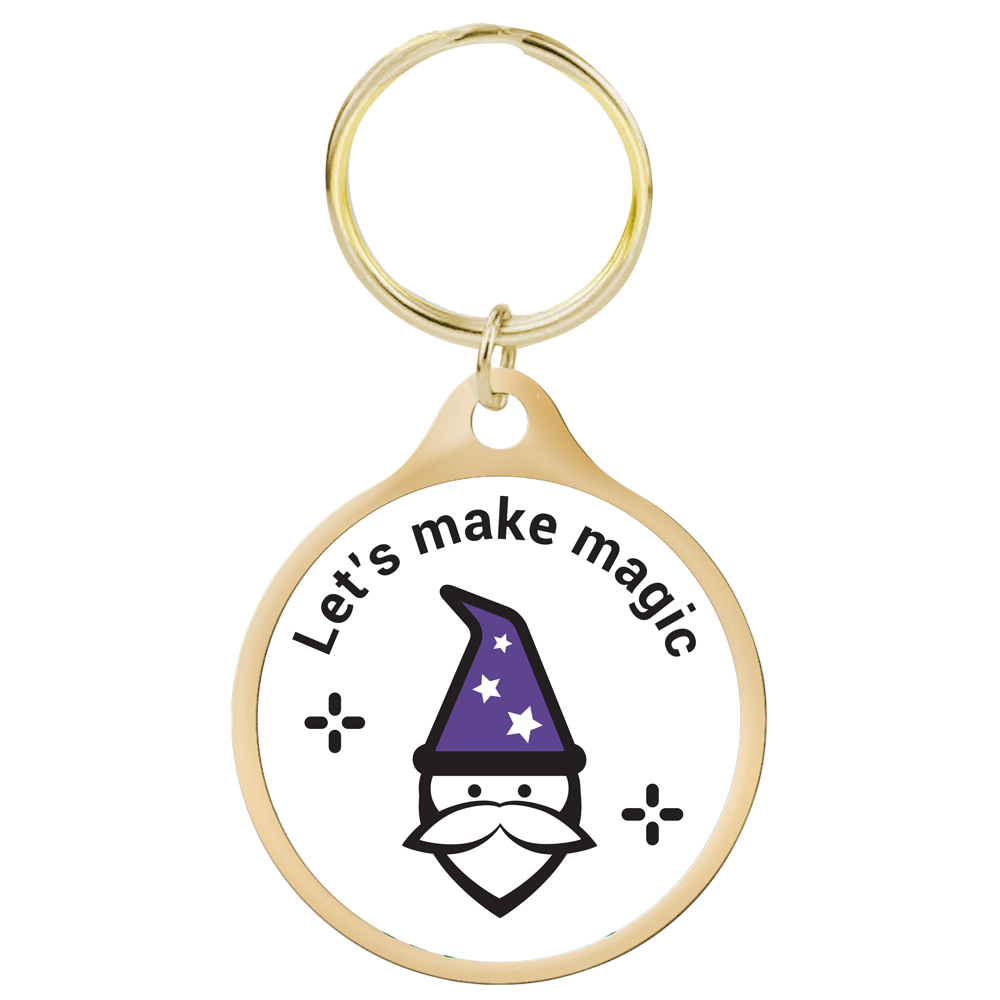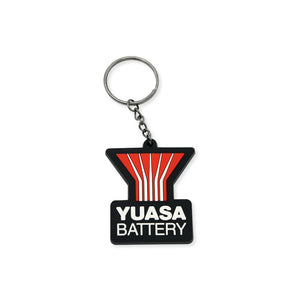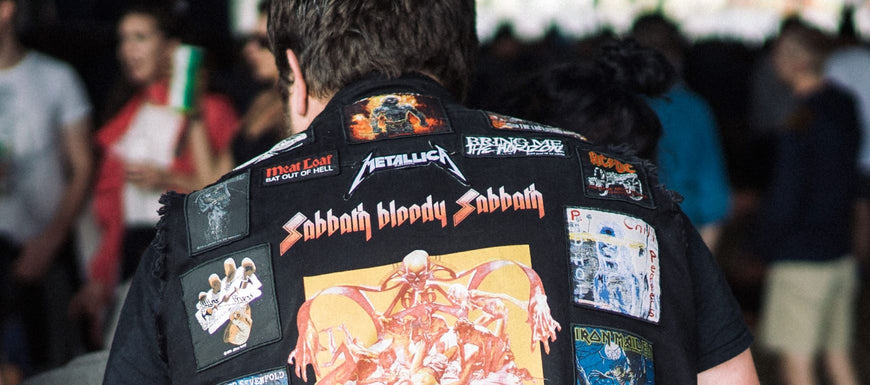Patches are all over the place these days, from backpacks to denim jackets to even hats. Patches are a fantastic method to personalize your wardrobe and add flair. What if you want a completely unique patch, though? You can't just go out and buy one. Fortunately, making your own patch is simple! We'll show you how.
Embroidered patches
Embroidered patches are a popular style of patch that are created by stitching fabric onto the surface of a patch. This type of patch is usually made from heavy materials like twill, canvas, or felt. The design is often stitched in thread colors that match the fabric, which gives it a neater and more polished look.
Embroidered patches are the most durable type of patch. They can be washed and dried without any damage, and they won't fray or lose their shape. This makes them a good option for items that will be used outdoors or in other harsh environments.
The downside to embroidered patches is that they're often more expensive than other types of patches. They also take longer to produce, so they may not be the best option if you need a patch quickly.
If you're looking for a high-quality, durable patch, then embroidered patches are a good option. They'll stand up to wear and tear, and they look great too!
Printed Patches
Printed patches are created by printing the design onto a piece of fabric. This type of patch is usually made from lightweight materials like cotton or polyester. The design is printed in ink, which gives it a bold and vibrant look.
Printed patches are the cheapest type of patch. They're also the quickest to produce, so they're a good option if you need a patch quickly. However, they're not as durable as other types of patches and they can't be washed or dried.
If you're looking for a cheap and quick patch, then printed patches are a good option. Just keep in mind that they're not as durable as other types of patches.
Chenille patches
Chenille patches are made by stitching fiber onto the surface of a patch. This type of patch is usually made from materials like rayon, wool, or acrylic. The design is often stitched in thread colors that match the fabric, which gives it a neater and more polished look.
Chenille patches are soft and fuzzy, which makes them a popular choice for patches that will be worn on clothing. They're also very durable and can withstand frequent washing and drying.
The downside to chenille patches is that they're often more expensive than other types of patches. They also take longer to produce, so they may not be the best option if you need a patch quickly.
If you're looking for a soft and fuzzy patch, then chenille patches are a good option. They're durable and can be washed and dried without any damage.
PVC patches
PVC patches are the most durable type of patch. They can be washed and dried without any damage, and they won't fray or lose their shape. This makes them a good option for items that will be used outdoors or in other harsh environments.
The downside to PVC patches is that they're often more expensive than other types of patches. They also take longer to produce, so they may not be the best option if you need a patch quickly.
If you're looking for a high-quality, durable patch, then PVC patches are a good option. They'll stand up to wear and tear, and they look great too!
Bullion patches
Bullion patches are made by stitching metal onto the surface of a patch. This type of patch is usually made from materials like gold or silver. The design is often stitched in thread colors that match the metal, which gives it a neater and more polished look.
If you're looking for a high-quality, flashy patch, then bullion patches are a good option. They're expensive, but they'll really make your patch stand out.
Leather patches
Leather patches are made by stitching leather onto the surface of a patch. This type of patch is usually made from materials like cowhide or suede. The design is often stitched in thread colors that match the leather, which gives it a neater and more polished look.
Leather patches are soft and durable, making them a popular choice for patches that will be worn on clothing. They're also considerably more costly than other types of patches.
If you're looking for a high-quality, durable patch, then leather patches are a good option. They're soft and look great, making them a popular choice for patches that will be worn on clothing.
Iron-on patches
Iron-on patches are the easiest type of patch to use. All you need to do is place the patch in the desired location and then use an iron to heat up the adhesive and attach the patch to the fabric.
Iron-on patches are a good option if you're not sure if the item will be able to withstand a sewing needle. They're also a good option for children's clothing, as they're safe and easy to use.
The downside to iron-on patches is that they're not as durable as other types of patches. They may also peel off over time.
If you're looking for an easy-to-use and non-durable patch, then iron-on patches are a good option. Just keep in mind that they may not be as durable as other types of patches.
So, now you know all about the different types of patches that are available. Which one is right for you?




